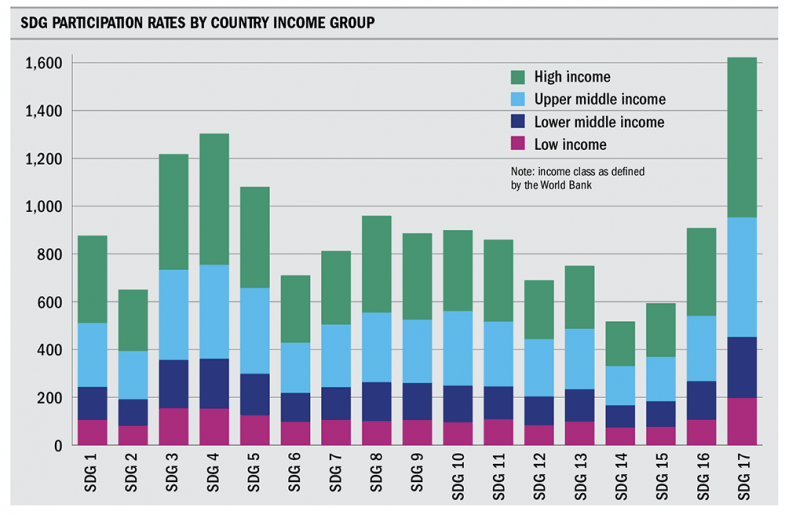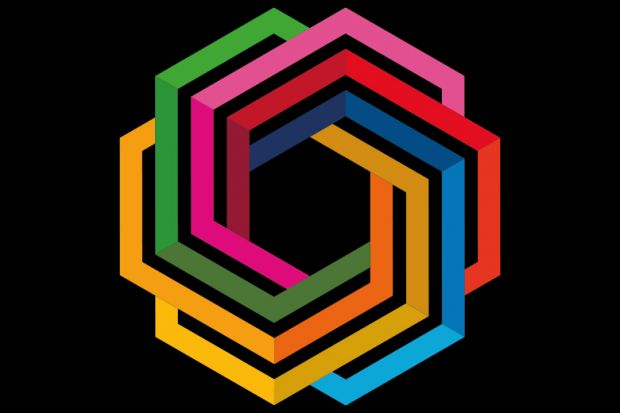Browse the full Impact Rankings 2023 results. To participate in next year’s Impact Rankings, email us
Seven of the 10 countries with the highest number of universities taking part in this year’s Times Higher Education Impact Rankings are middle income. Russia, classed as upper middle income, has the most universities participating, 92, followed by Japan (91), Turkey (84), Pakistan (73), India (72), Thailand (66), the UK (61), Iraq (58), the US (56) and Uzbekistan (53). All but the UK, the US and Japan are middle-income countries, according to the World Bank’s classification of economies.
Participation in the Impact Rankings can give us an idea of which countries, or at least their university systems, are becoming more focused on sustainability, and which Sustainable Development Goals in particular they are contributing towards.
Impact Rankings 2023: results announced
Nine of the 10 countries that have seen the biggest increase in participation since 2020 are also middle income. Uzbekistan has recorded the largest rise: the country had just three universities ranked in 2020 but has 53 in the latest ranking.
The second-biggest increase was in Pakistan, which had 25 institutions ranked in 2020 and now has 73, followed by Thailand (19 to 66), India (28 to 72), Turkey (43 to 84), Russia (53 to 92), Iraq (30 to 58), Ukraine (11 to 38), the UK (35 to 61) and the Philippines (four to 29). The UK is the only high-income country in the group.

Nine countries participated in the rankings for the first time in 2023: Brunei, Curaçao, Ethiopia, Mauritius, Mozambique, Panama, Serbia, Syria and Zimbabwe.
SDG 3 (good health and well-being) and SDG 4 (quality education) are, perhaps unsurprisingly, popular goals across the board.
Universities choose which goals they submit data for (although they must submit data for SDG 17 to be included in the overall ranking), which means that participation in particular goals can be seen as an indicator of the issues most pertinent to each country, and of those that might be getting overlooked.
For example, South Korea has the greatest focus on SDG 9 (industry, innovation and infrastructure) among countries with at least 10 participating universities, with 95 per cent of the universities participating overall submitting data for this SDG.
Kazakhstan has the strongest focus on SDG 16 (peace, justice and strong institutions), with 87 per cent of all universities taking part participating in this goal.
Greece has the lowest participation rate for SDG 7 (affordable and clean energy), with only 8 per cent submitting data for that table.
Canada and Taiwan have the joint highest participation rate for SDG 7, with 77 per cent of their participating institutions submitting data for their work on affordable and clean energy.
The UK has a high participation rate for SDG 3 (87 per cent) and SDG 10, reduced inequalities (79 per cent). However, its universities are much less focused on SDG 14 (life below water) and SDG 6 (clean water and sanitation).
The US also has a high participation rate for SDG 3 and SDG 4, as well as SDG 5 (gender equality), but relatively low participation for the other goals.
Register to continue
Why register?
- Registration is free and only takes a moment
- Once registered, you can read 3 articles a month
- Sign up for our newsletter
Subscribe
Or subscribe for unlimited access to:
- Unlimited access to news, views, insights & reviews
- Digital editions
- Digital access to THE’s university and college rankings analysis
Already registered or a current subscriber? Login







